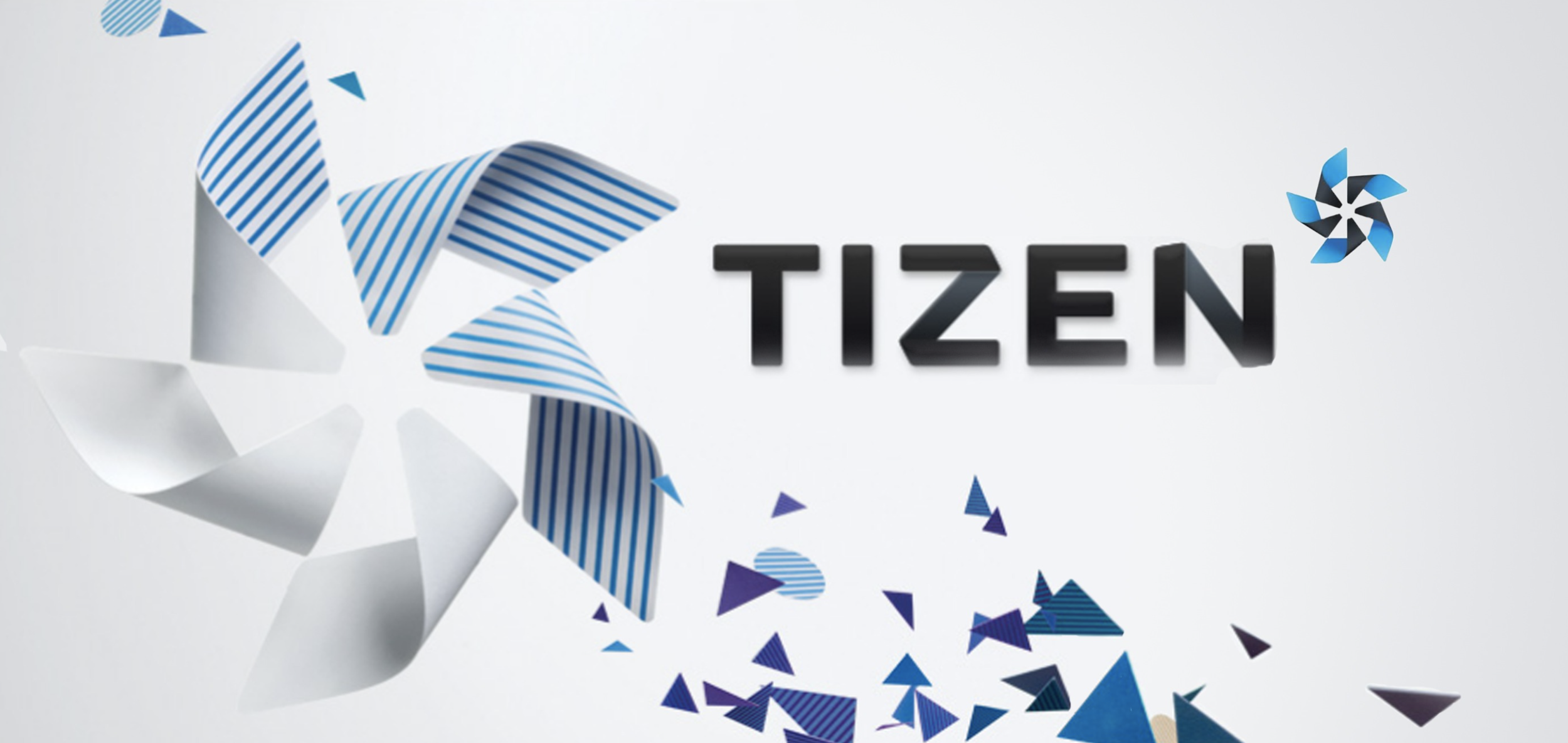
Tizen OS
Led design and development of Tizen OS with a goal of increase market share in the emerging economies .
Over 1 million smartphones sold within a month of launch of Samsung Z1. The project was identified as the best in design-led innovation project categories in Samsung in 2014-15

Tizen OS
I led one of the largest commercialisation project as a chief designer at Samsung. The challenges were many including working with a team of eight freshly hired designers. I turned thoughts into action and drive projects forward staying laser focused on the goal, but leaving flexibility to get there. I was driving product development with 200 engineers for this project.

tizenosvideo

The scale of this project was huge and challenges were many. The flagship model was being finalized during the design phase. It started with having Tizen OS on low cost models with less responsive touchscreens and later on to a vision where Tizen would be a unifying experience across devices including wearables. We defined the guiding principles of Tizen OS
# Simple UX
# Ease of Discoverability
# Flexible UX
Image above shows a distinct pattern in Tizen OS of having the most important function for any native application, upfront , as a floating button (the purple button on the bottom right). The most important function in a calendar is to create an event or reminder. All other functions will be accessed by the “menu” button.

A concept direction for interaction patterns for Tizen OS was to make it content driven. Image above shows contacts application where we kept the keypad upfront as it was the most evident workflow - as we interviewed the blue collared workers in India and users who had recently migrated to smartphones . Guerilla research was carried out in small teams for each of the native applications. The findings were taken as hypothesis and our interaction patterns were then tested within the time frame available. This was a classic case of collaboration as the teams working on different native applications came together to define the design system.




Design for Internet of Things
One of the focus areas of design of Tizen OS was to design for diverse devices , keeping connectivity into consideration. Building intuitive user experience for one new app alone is a challenge, whereas IoT systems often consist of a couple of devices, a number of applications and interfaces with diverse functionality, input-output data streams and user rights distribution. Designing user experience for something so complex was a sizeable challenge.
We were dealing with multiple interactions between various devices, each having its own functionality and user flows, we had to build the kind of experience that enabled a smooth, consistent feel for users jumping from one part of the system to the next. Minimizing the gaps between the physical world of connected devices and creating a smooth experience across all system elements was the focus.
IoT systems are based on connected things — smart home appliances, industrial machinery, vehicles and even buildings. Hence, connecting the user experience to the specifics of their physical design and real life application was important.
Building a set of intuitive cross-device user flows was not enough. The overall aim was to guide people how to use and seamlessly integrate IoT products into their operations and everyday life.
Context-based user experience ensured the right device responds in exactly the right context .
My learning was exponential during this project starting from managing communications between stakeholders to ensuring speed of deliverables to envisioning the experience in a system level and translating the vision to actionable items for the team.
Tizen OS project was adjudged the most innovative project of the year in 2014-15 in Samsung. The design was launched on Z1 smartphones after this phase.